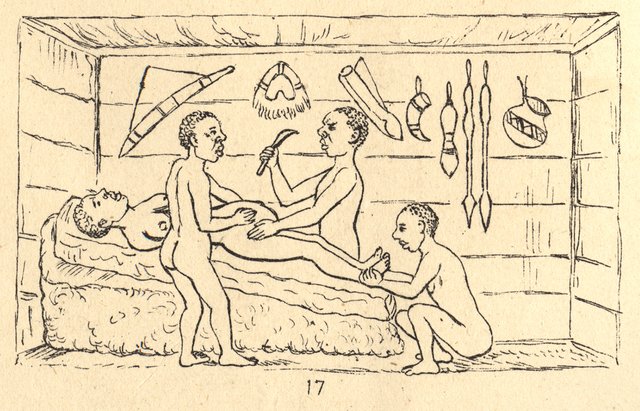What is the history of cesarean section?

Caesarean section, also known as C-section, is a type of surgery in which a baby is delivered through an incision in the mother's abdomen and uterus. It is usually done when there is a risk for the baby to be born vaginally, such as when the mother is having abnormal labor or cervical insufficiency.
The history of cesarean section goes back to ancient times. This surgery has been mentioned in ancient Egypt, Greece and Rome. In India, the Sushruta Samhita, which dates back to the 6th century BCE, gives detailed information about cesarean section.
In the Middle Ages, cesarean section was a dangerous procedure, with a high mortality rate. This was usually only done when the chances of both mother and child dying were high.
In the 19th century, the technique of cesarean section improved, reducing the mortality rate. In the 20th century, cesarean section became a safe and common procedure.
Today, there are many indications for cesarean section. These include:
Abnormal labor, such as when the baby's head does not pass through the cervix
Cervical insufficiency, which makes the cervix weak or abnormally short
Abnormal size or position of the baby, such as when the baby is too big or sitting on his legs
The mother has serious medical conditions, such as high blood pressure or diabetes
There are many types of cesarean section. In the most common type, a horizontal incision is made down to the uterus and cervix. This type of incision is called lower section. In another type of cesarean section, a vertical incision is made between the uterus and the cervix. This type of incision is called a midline section.
After a cesarean section, the mother usually has to stay in the hospital for two to three days. They may need painkillers and will need to do exercises to strengthen their abdominal muscles.
Cesarean section is a safe and effective procedure that can be life-saving for both mother and baby.